Breaking
- MENU
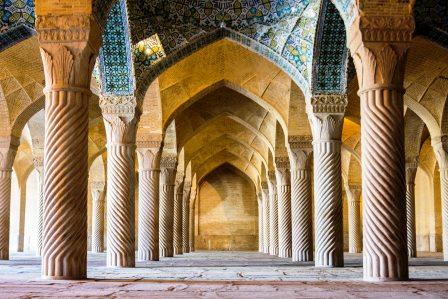
In an exclusive interview to West Asia Watch, conducted by Dr. Meena Singh Roy, Dr. Bijan Khajehpour an Iranian economist said that Indian entrepreneurs should look at Iran through the prism of new opportunities where one can combine Iranian capacities and markets to Indian technologies.
1. What are the key trends in Iranian economy in the present context?
The Iranian economy is severely undermined by external sanctions and mismanagement. In the aftermath of the implementation of the nuclear deal (also known as JCPOA) there were signs of an improvement, not just in terms of economic growth, but also economic reforms, but the re-imposition of secondary US sanctions has further weakened the economy and led to the collapse of the national currency. External sanctions have reduced Iran’s oil export earnings enormously and almost made it impossible for Iran to repatriate its hard currency revenues.
The World Bank has forecast that the Iranian economy will contract this year by about 6%. Inflation is above 30% and unemployment around 13%, while youth unemployment is around 26%. All of these trends are bad news for the Iranian society that is losing purchasing power and also hope in a proper economic development.
2. How do you think Iran can reduce the negative impact of unilateral sanctions?
Iran has a very diverse economy and many options to compensate for the gaps caused by sanctions. Even though the petroleum sector is the main earner of hard currency, it only contributes about 20% to the GDP. When we look at the sectorial contribution to the GDP, we realize that Iran has a service-based economy with 53% of activities related to services. The country also has sizable agricultural and manufacturing sectors. These facts allow for some room to manoeuvre by boosting some of the sectors to compensate for the loss of income in the petroleum industry. For example, Iran can invest in the vast potential of its mining sector or boost productivity by paying more attention to efficiency in agricultural and industrial activities. Tourism offers another platform for new hard currency revenue generation. Furthermore, the country’s young population offers a great opportunity in the field of IT start-ups, if the government manages to provide the necessary infrastructure and investment climate.
3. What the strength of Iranian economy?
The key strengths are its diversity and resilience, but also the availability of huge natural and human resources. It is interesting to note that many see the current juncture as an opportunity for the Iranian economy. Not being able to export oil will compel the Iranians to invest in new capacities the prerequisites of which exist in the country. For example, Iran could invest in mini-refineries in order to convert its crude oil into petroleum products which are more easily exported to the regional markets compared to crude oil.
4. How the major importer of Iranian oil, China and India, can manage their business interests with Iran?
China, India and other Asian economies have to consolidate their positions in the Iranian market in the absence of western companies. The current failure of the European Union to promote trade between Iran and the EU provides opportunities for those countries that are engaged in Iran business. Iran-India trade relations need to adapt to the reality that both sides have developed diverse and increasingly international private sectors. Both sides have to move beyond the traditional trade patterns and look at the diversity of opportunities in India and Iran. For China, Iran is already a trading partner in diverse industries and also an important member of the Belt and Road Initiative (BRI). The Indian private sector should look at Iran as the hub of the West Asia region and start engaging Iranian companies. Clearly, US sanctions are an impediment to developing business links with Iran, but with some creativity and strategic positioning, Indian companies can take advantage of the fact that their western competitors are absent in Iran. Larger companies should also remember that Iran won’t remain under sanctions indefinitely and this is the time to establish long term loyalties and relationships.
5. What in your opinion can EU do to save the JCPOA? Iran seems to be quite disappointed with the EU’s approach in the present context?
Tehran has rightly expected that the European Union should compensate Iran for the lack of economic dividend from the JCPOA. We should remember that Iran accepted the curbs on its nuclear program in return for the lifting of sanctions and expected economic benefits. Most of those benefits have disappeared as a result of US sanctions and also over-compliance by international companies. The Iranian government cannot justify the current situation and needs to see a significant gesture from the European side. This gesture can either be political, such as an international summit to reiterate the commitment to the JCPOA, or economic, such as an economic package that guarantees that Iran will not be deprived of its expected benefits. The payment mechanism called INSTEX which the Europeans have set up is an important step, but it falls far short of Iranian expectations.
6. How do you see Iran's regional approach? Who are the regional partners for Iran in economic terms to help Tehran in current situation?
Over the past decade, Iran has invested widely in creating a level of economic and energy interdependence with immediate neighbours. Iran is now exporting gas or electricity to a number of its neighbours and there are plans for other connectivity via the electricity or gas grids. So, economic cooperation had already been part of Iran’s regional policy.
In the immediate aftermath of the US withdrawal from the JCPOA, Iran had made a strategic choice to focus on its immediate neighbours in its trade and economic development. Iran has 15 direct neighbours including important trading partners such as Turkey and Iraq as well as Russia. Iraq is now Iran’s most significant trading partner in non-oil trade and Turkey is an important trading and investment partner. At the same time, Iran has tensions with other neighbours, especially Saudi Arabia and the UAE. Nonetheless, Iran’s approach has been and will be to de-escalate these tensions and improve ties with all immediate neighbours. The most recent initiative in Tehran has been to propose non-aggression treaties with all immediate neighbours which would help Iran in promoting security in the West Asia region.
7. What can be possible options for India and Iran to take their economic and energy ties forward?
The Indian business community should initially take a closer look at all sectors that are not sanctioned. It is not just the food and pharmaceutical sectors. As mentioned earlier, Iran is a huge market with immediate access to a number of developing regions. Indian entrepreneurs should look at Iran through the prism of new opportunities where one can combine Iranian capacities and markets to Indian technologies. There are many opportunities that all have one word in common, i.e. efficiency. Iran will be looking for greater energy efficiency, improved agricultural efficiency etc.
With regards to energy relations, India should not allow US policies to undermine the long term relations between the two countries. The current moment in the Iranian history is a moment of defining new orientations and loyalties. India should find creative ways of continuing its energy links through partnerships in sub-sectors that are less exposed to sanctions and pressure.
Note: This article was originally published in West Asia Watch: Trends and Analysis, Vol. 2 Issue 2 March-April 2019 (IDSA, New Delhi), and has been reproduced with permission. Web Link
As part of its editorial policy, the MEI@ND standardizes spelling and date formats to make the text uniformly accessible and stylistically consistent. The views expressed here are those of the author and do not necessarily reflect the views/positions of the MEI@ND. Editor, MEI@ND: P R Kumaraswamy

Meena Singh Roy is a Research Fellow and heads the West Asia Centre at the Manohar Parrikar Institute for Defence Studies and Analyses (IDSA). She holds Ph. D., form Delhi University and her areas of specialization are Central Asia and West Asia. Before joining IDSA, she was a senior research scholar in the Department of African Studies, Delhi University. She was associated with the Institute of Commonwealth Studies, School of Oriental and African Studies and London School of Economics for her research work. In 2014, she was a visiting Research Fellow with the German Institute of Global and Area Studies (GIGA), Hamburg. Her publications include The Shanghai Cooperation Organization: India Seeking New Role in the Eurasian Regional Mechanism (2014). She has edited Changing Security Paradigm in West Asia: Regional and International Responses (2020, KW Publishers); Ideology, Politics and New Security Challenges in West Asia (Pentagon Press, 2018); International and Regional Security Dynamics: Indian and Iranian Perspectives (IDSA, 2009) and Emerging Trends in West Asia: Regional and Global Implications (Pentagon Press, 2014).
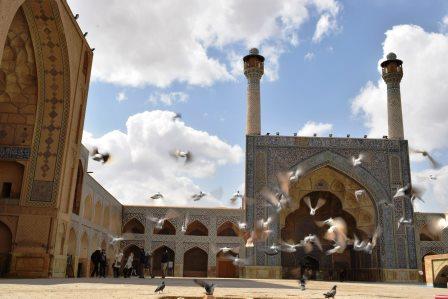
Summary: Iran is battling the COVID-19 pandemic amidst limited resources, a weak economy and a diffi.....
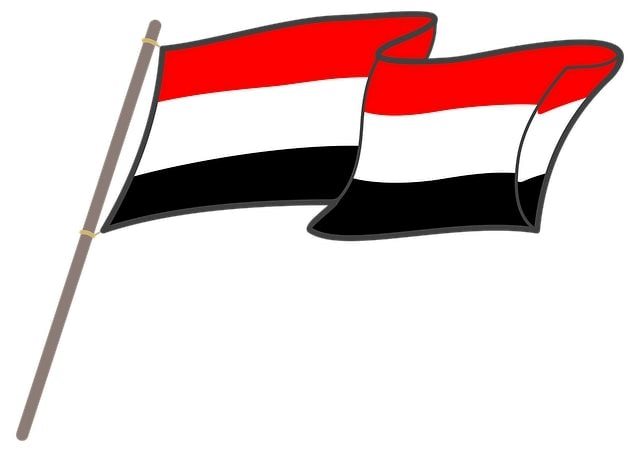
Yemen has been ravaged by conflicts for decades and there seems to be no end to it. Due to the ong.....
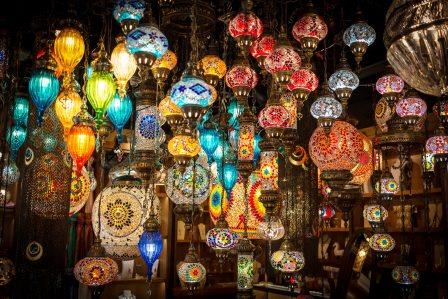
As part of India’s outreach to North Africa, External Affairs Minister (EAM) Sushma Swaraj pai.....
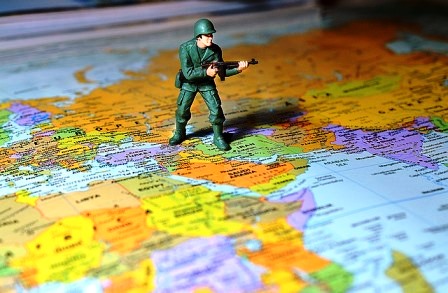
The geopolitical dynamics in West Asia and North Africa (WANA) is such that it allows global powers .....
